We look back on 1974’s “BLACK CHRISTMAS”, its role as one of the earliest slashers, and its continuing legacy of socially conscious horror.
We’re kicking off “50 Years of Holiday Horror”, in partnership with our friends at Horror Hut and Scream Stream — beginning with the 1970s through the 2010s. Our pick for 70s era holiday horror is the original Black Christmas (1974).
It’s that time of year again. Whether you like it or not, Christmas is everywhere: Christmas music, Christmas decorations, Christmas sweaters, and, of course, Christmas movies. If you’re like me and would literally rather die than suffer through a saccharine Hallmark special, there are plenty of horror movies that’ll get you into the festive mood without inspiring the urge to gouge out your eyes with candy canes.
One of the greatest examples of Yuletide horror is 1974’s Black Christmas, and it’s an appropriate one to revisit this year as Blumhouse’s reimagining of the film, coming to theaters December 13, is a hot topic in horror circles.
Check out this great, two-minute primer of this groundbreaking film from Horror Hut, and then keep reading for more our in-depth coverage of this influential genre classic.
Bob Clark’s thriller is absolutely one of the creepiest films I’ve ever seen.
There are few scenes in horror that get under my skin worse than the killer’s first phone call to the sorority house. The fact that the audience gets to see both sides of the story — the killer prowling through the house, in terrifying proximity to his victims, and the women going about their lives as they remain oblivious to his presence — puts us uncomfortably close to the action.
Shaky POV camerawork puts the audience in the killer’s shoes, showing us the world through his eyes, making us complicit in his reign of terror.
The film’s ambiguous ending only makes it even more terrifying. The killer is never exposed, and our heroes slip into a false sense of safety. They think it’s all over while the audience must keep the horrifying secret that the murderer is still there, still in the house, with two undiscovered victims.
The image of his first on-screen victim, Clare, her face forever frozen in fear inside a plastic bag, is one of the most chilling visages in horror history. Her silhouette in the attic window and the ominous ring of the telephone that closes the film will haunt you long after the credits roll.
Black Christmas holds up impressively well in the 21st century, even if the major plot point hinges on now-obsolete telephone technology.
(Barb’s felatio joke will likely fall flat for younger viewers who have no idea what a phone exchange is.) It’s a product of its time but still timeless. It has aged better than some of its newer and bloodier imitators.
The most famous of those imitators is John Carpenter’s Halloween, often credited as the birth of the modern slasher film. Not to discredit Carpenter or his film’s well-deserved icon status, but the debt he owes to Clark shouldn’t be understated. If Halloween is the father of the slasher, Black Christmas is at least the cool grandma.
Many of the staples that would come to define slasher films are present throughout Clark’s narrative: a sorority house terrorized by a deranged killer, a supporting cast of characters who are knocked off one-by-one, the final girl who goes upstairs to check on her friends when she should be running out the front door.
Outside of its historical context, Black Christmas might look a dozen other cliche-ridden slashers, but it’s important to remember that these things are only cliches now because Black Christmas did them then — and did them well.
In addition to laying much of the groundwork that entire franchises would be built on, Black Christmas is also a startling snapshot of the social climate of its time.
Coming just a year after Roe v. Wade decriminalized abortion in the United States, the film shows a young college student, Jess (played by the enchanting Olivia Hussey of Romeo and Juliet fame), who has chosen to terminate an unwanted pregnancy. She’s a woman who knows what she wants out of life and doesn’t take her decision lightly.
What’s truly remarkable is that the narrative itself never judges or punishes Jess for her choice. All condemnation comes from her unpredictable boyfriend Peter — and from the killer, as the line that separates his violent behavior from Peter’s becomes increasingly blurred.
It’s impossible to think that Clark and screenwriter Roy Moore weren’t making a deliberate statement by making Peter — the controlling boyfriend who shames Jess for wanting an abortion, shows complete disregard for her feelings and desires, and behaves like an all-around grade-A creep — the fall guy. There’s no sorrow in his demise. By forcing Peter to pay the price for the killer’s crimes, the narrative punishes his chauvinistic rage, his manipulative and violent behavior toward Jess, and his attempt to force her into the traditional wife/mother role she openly rejects.
Jess herself is a smart, level-headed woman who is poised as the heart and backbone of her sorority, the glue that holds the group together. In the film’s penultimate scene, she puts her own safety at risk in an attempt to save her friends. Not quite the “selfish bitch” Peter makes her out to be.
Clark and company created a narrative informed by the second wave feminism of the 1960s and 70s; director Sohpia Takal is giving it a 21st Century makeover.
What’s interesting (and kind of hilarious but also maddening) is that some fans seem to think that sociopolitical themes in horror are a recent invention, an attempt to appear “woke” or “politically correct” and force agendas down audience’s throats.
Horror has always been political. Horror has always been a reflection of ourselves and our world and it has always utilized its fantastic elements to make profound, often controversial statements. Black Christmas is just one example — and it’s hardly a subtle one.
The film’s ability to tell a frightening story while also giving audiences something to chew on is what makes it so special.
It’s why it continues to captivate and unnerve viewers 45 years later.
It’s perhaps why filmmakers keep coming back to it; this year’s remake is the film’s second, the first being Glen Morgan’s 2006 version.
Everybody’s got an opinion about remakes — love ‘em or hate ‘em, they keep coming. Takal’s Black Christmas promises to build on the feminist foundations of the original and update them for today’s social climate. It also looks like a lot of fun.
Whether this latest remake hits or misses, the original Black Christmas will still be here. When the world around us becomes a bit too jolly, we can always count on this classic to put a chill in our bones and make us afraid to answer the phone.


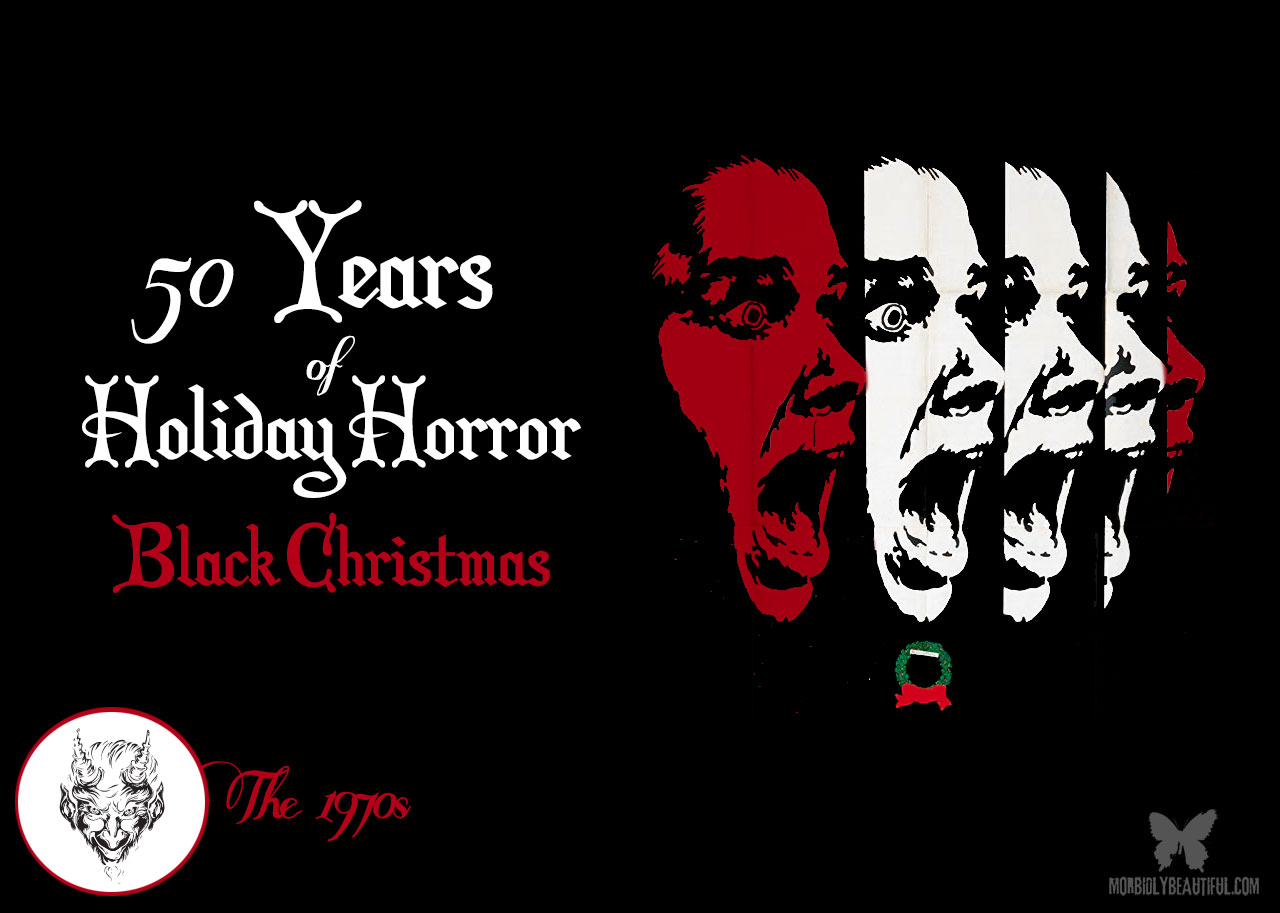

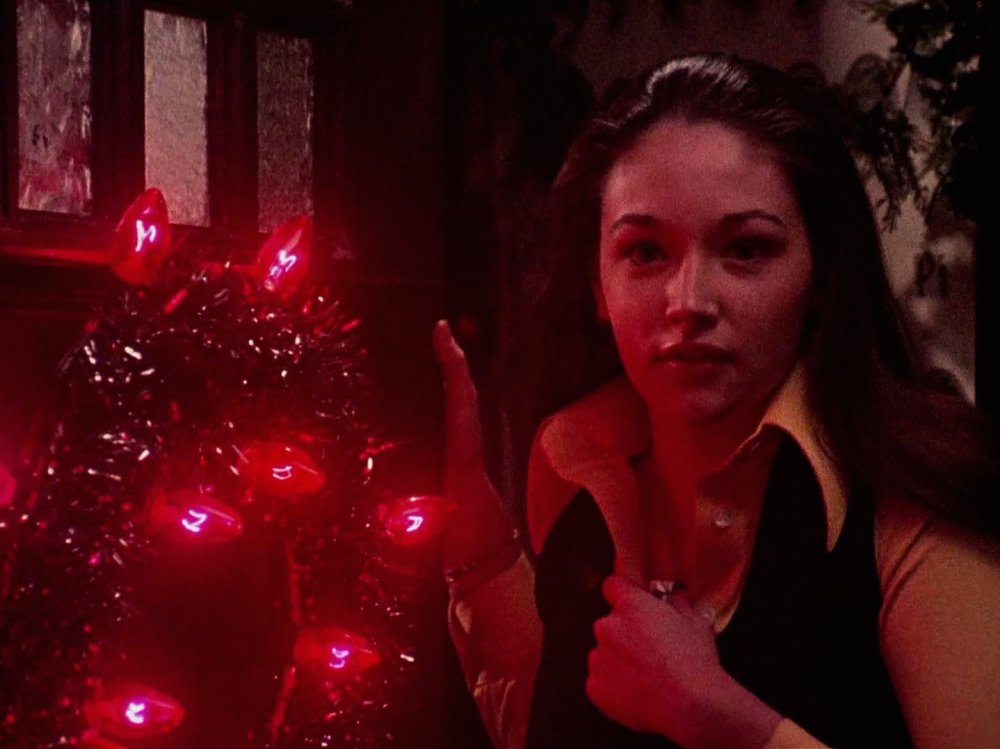

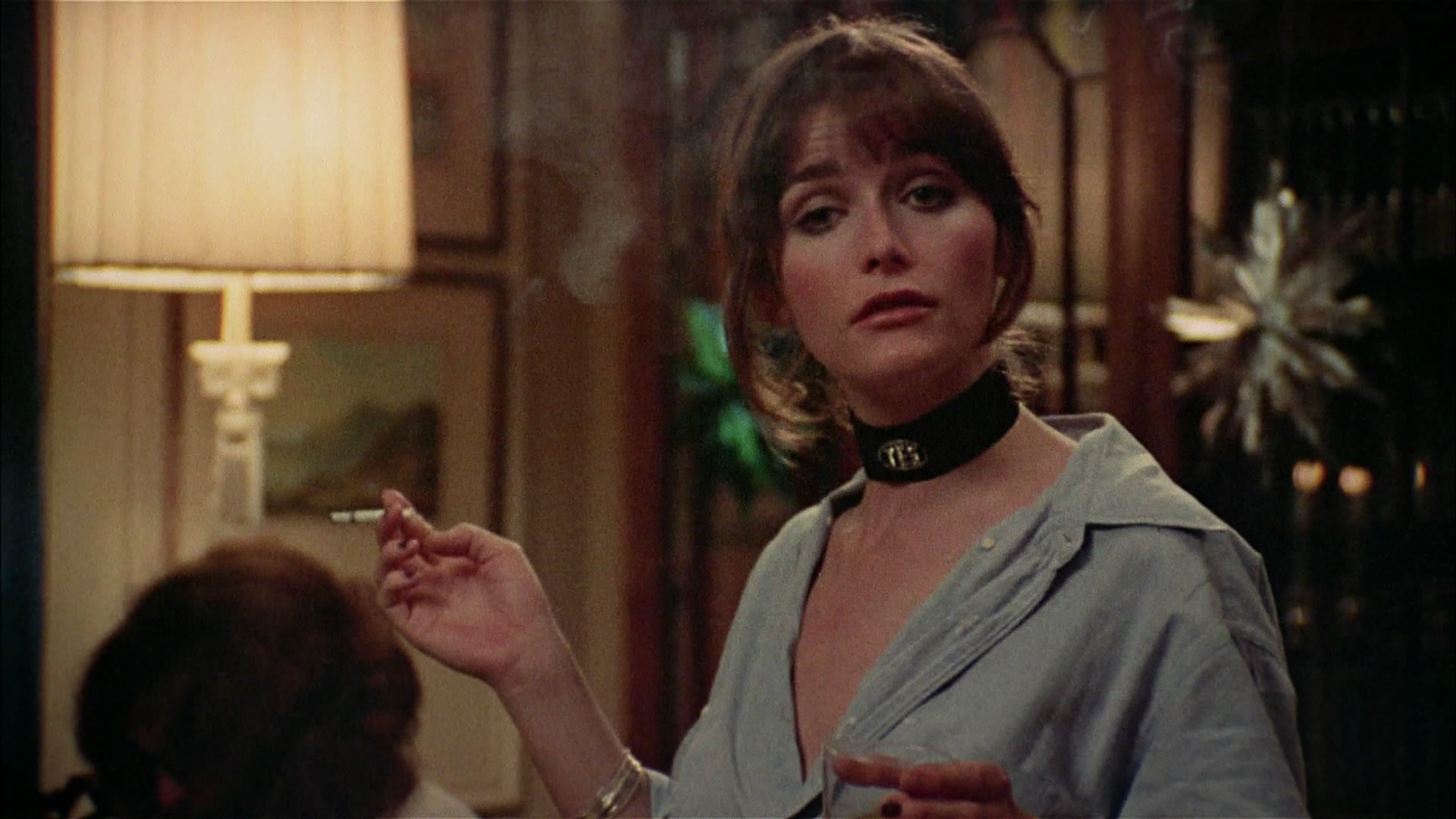
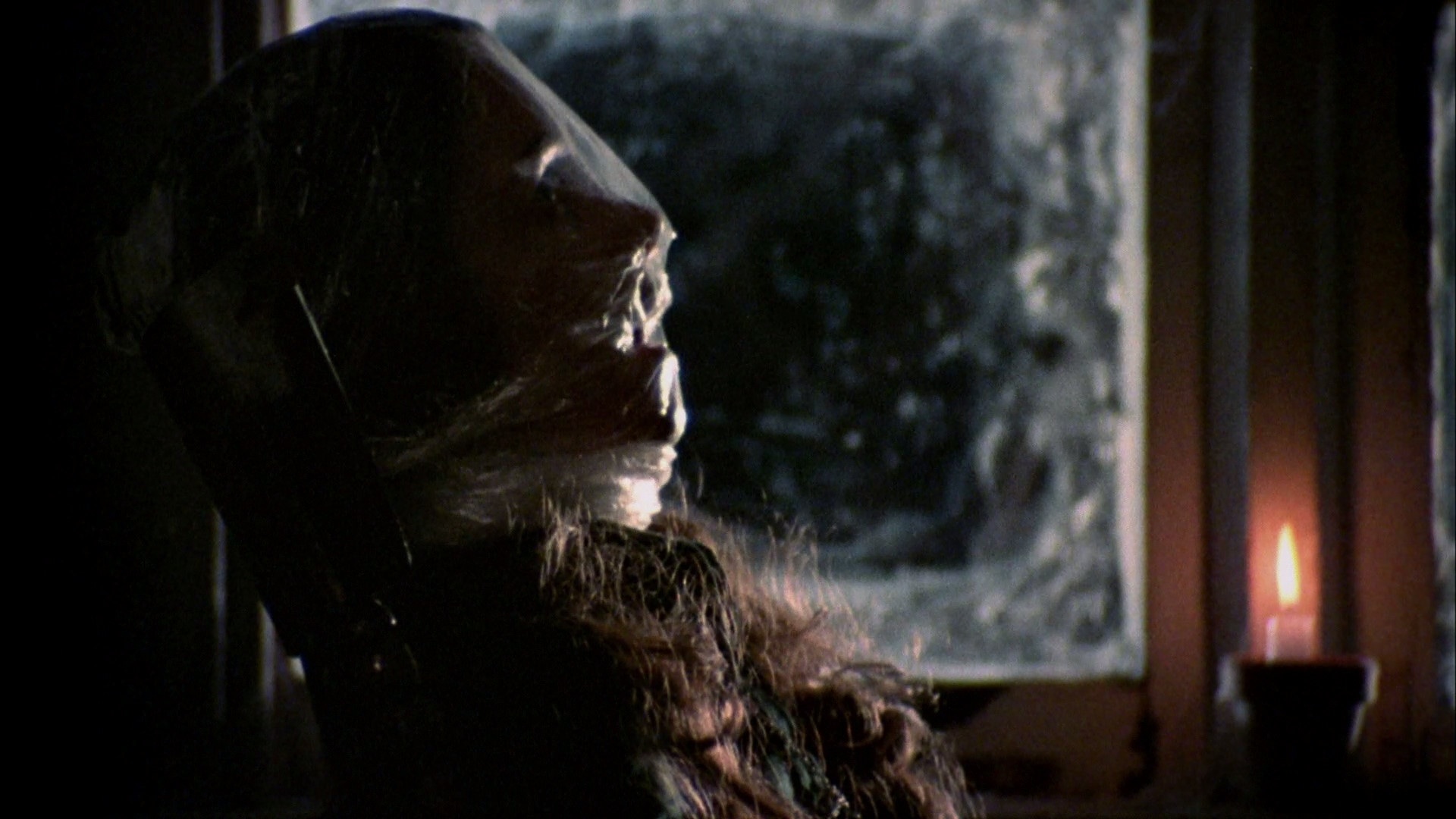

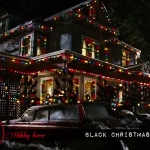
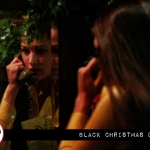




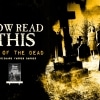




Follow Us!